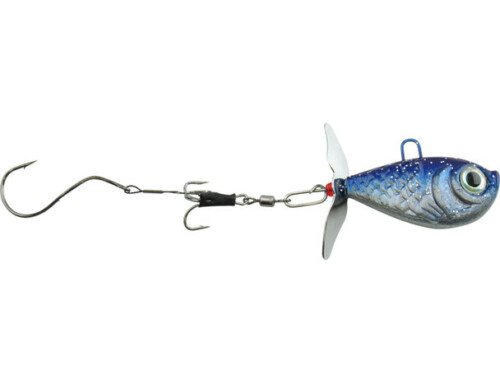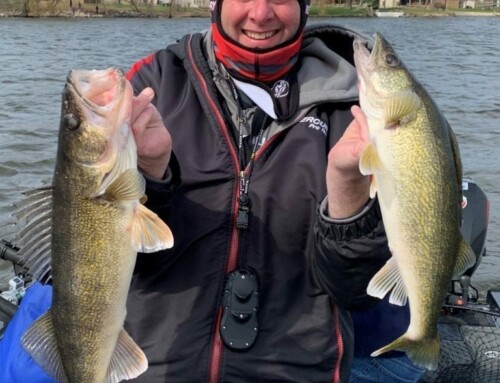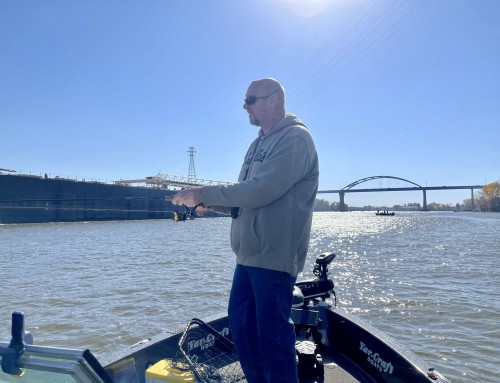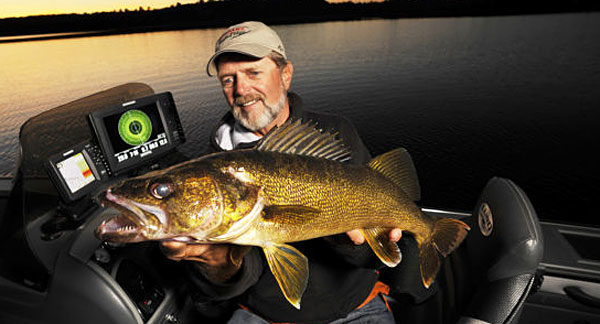
> One of the things we learned about early season walleye is what we call the 30-day rule. This rule primarily applies to smaller and medium-sized natural lakes and reservoirs. This rule DOES NOT apply to the Great Lakes or other huge bodies of water where massive schools of walleye migrate great distances…
> The 30-day rule in these smaller bodies of water: If you know the precise time that the walleye spawned, you can almost bet that 30 days later, groups of walleye will be on the first lip of the large shallow flats extending out into the main body of water.
> These are fish that have already gone through their post-spawn, are regrouping and feeding heavy. There can be other groups of fish deeper, but many of the good sized fish will be relating to that first lip.
> The lip could be a 3′ to 5′ drop, either weed-edged or sparsely weeded. In other bodies of water that break might occur at 7′ to 10′ and still others at 12′ to 15′. But in all cases the lip is what is considered the main break for that body of water.
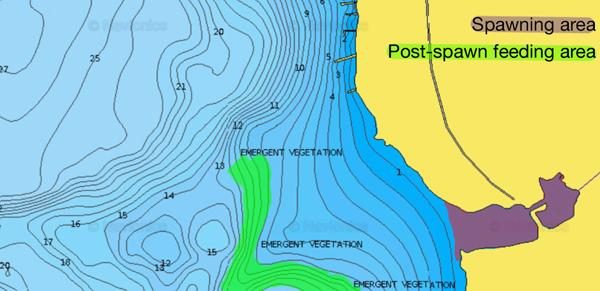
Example location for you visual learners.
> It helps if there is vegetation — however sparse or thick, the walleyes will likely be relating to it. It’s important to realize that the fish will most likely be UP on the flat, rather than down the drop.
> Over and over again as we have crisscrossed North America and have dealt with the seasonal variation of the latitudes, yet this seemed to hold true.
If you’re going on waters you have never been on before, contact the local bait shop or some reliable source of information to find out when the peak of the walleye spawn occurred. To that, add 30 days. Get out your Lake Master maps and look for those drops — it’s really as simple yet complex as that.
Source: https://targetwalleye.com/al-lindners-30-day-post-spawn-rule/?fbclid=IwAR1_hDn4JWJe4u1Lm-VvDaG5FCoc-CVGj1vZ1nGkHW3v3MBvmOIkr7uY_JQ


